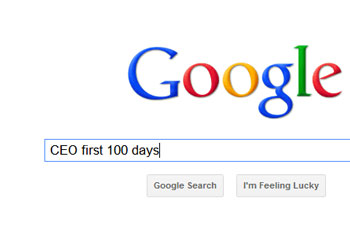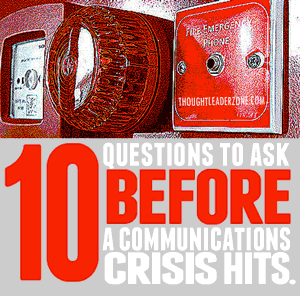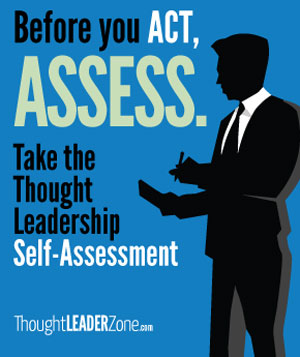 A friend gave me a birthday gift of a small computer accessory bag with a drawing on it of a vampy 1950’s gal batting her eyes and saying, “The key word is … alleged.”
A friend gave me a birthday gift of a small computer accessory bag with a drawing on it of a vampy 1950’s gal batting her eyes and saying, “The key word is … alleged.”
In this century, the term ”keyword” has a different meaning and is intended to draw eyes to a website or other online platform. There’s a science developing that helps predict the most effective combination of words you should use to get your site noticed.
The website adwords.google.com offers you a free tool to analyze and design the terms to best attract readers to look at a particular page. It evens tells you how many people are searching for those terms and how great the competition is for those keywords. Competition is defined as how many people are bidding on those adwords.
So the ”sweet spot” is finding the terminology that many people are searching for but few websites are providing. Then you can place those words in prominent positions on your own page and capture more eyes.
Here are some examples:
- The keywords ”leadership skills,” with a competition score of 0.63 out of 1.00, appears on a large number of sites; but each month, 246,000 people globally are searching for that term.
- On the other hand, ”chief executive” has few competitors with a score of 0.11 and 301,000 global monthly searches.
Those two examples were more clear cut than this next one:
- The term ”CEO first 100 days” has low competition with 0.09 and only 260 monthly global searches. But if you’re a thought leader in, say, CEO transition planning, one of those 260 people might be your next client.
In fact, that’s why I chose that those terms as the title for this blog — planning for a CEO’s first 100 days is one of the services that Thought Leader Zone offers. So hopefully someone searching for help with that challenge will find me.
To summarize, it’s not just a matter of getting a large number of eyes but of getting the right eyes. Using keywords and Search Engine Optimization (SEO) techniques will help you find ”the riches in the niches.”
Are you optimizing your social media platforms? Are you helping potential clients and customers find your needle in the haystack? Ask, assess, then act. We’re here to help!
Related Post: Communications Planning for the CEO’s first 100 Days (Part 2)





